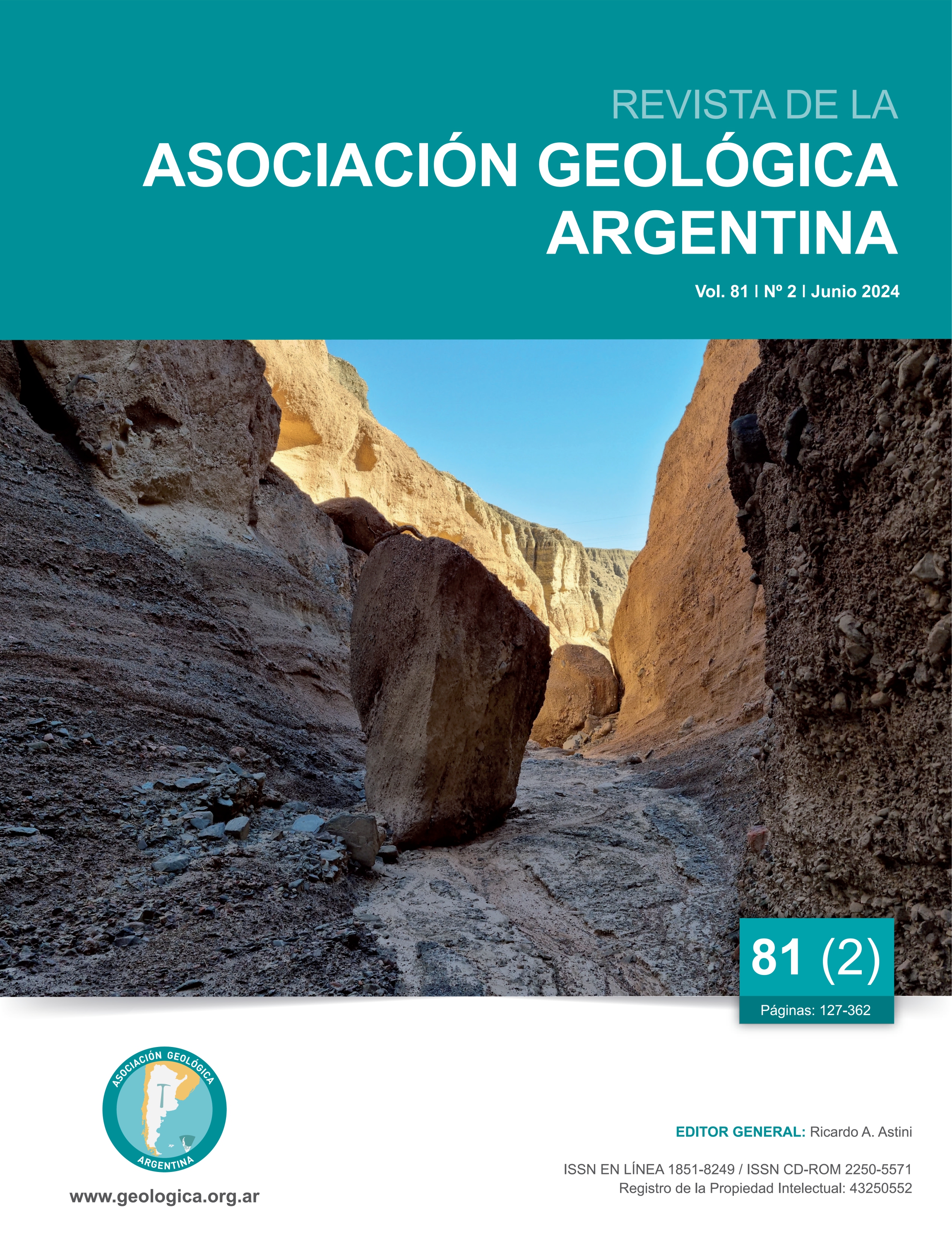Contributions for an integrated water management system: an hydro-morphological study using multifrequency satellite data in the upper Colorado catchment, Argentina
Main Article Content
Abstract
The Colorado River catchment has its origin in the Andes Mountains, flows through the country for more than 1.200 km and drains into the Atlantic Ocean. Several uses of water depend on its path throughout the entire basin. For these reasons, it is essential to know the dynamics of the hydrometeorological variables during the melting season. This paper exposes a comprehensive methodology to monitor these variables, focusing on the upper basin, where one of the contribution sub-basins is located: Valle Hermoso. The use of satellite data from different sources is proposed: optical (MODIS, Landsat 5, 8 and 9, Sentinel 2), radar (Sentinel 1 and SAOCOM), digital terrain models and in situ measurements, are used to retrieve main snow variables and hydrological parameters. Main objectives are: to map the total snow-covered area, estimate the snow melting and analyze spatially and temporally the relationship of snow accumulation and melting process. In this study, the use of the big data processing platform Google Earth Engine (GEE) is used to calculate spatial and temporal dynamics of the studied variables.
Article Details

This work is licensed under a Creative Commons Attribution-NonCommercial 4.0 International License.
Nota de copyright
Los autores conservan los derechos de autor y garantizan a la revista el derecho de ser la primera publicación del trabajo licenciado según una licencia de atribución Creative Commons que permite a otros compartir el trabajo con el reconocimiento de la autoría y de la publicación en la que se publicó por primera vez.
Declaración de privacidad
Los nombres y direcciones de correo electrónico introducidos en esta revista se usarán exclusivamente para los fines declarados por esta revista y no estarán disponibles para ningún otro propósito u otra persona.

